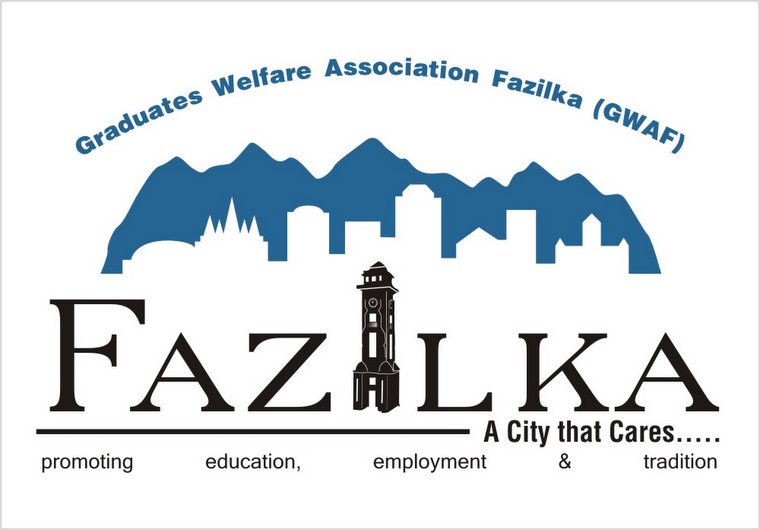
Institute of Transport Planning and Traffic Engineering, Technical University of Vienna Appreciated Fazilka's Pedestrian Street work through Mehak Sarhad Di-2006, Fazilkas's Annual Art, Culture and Food Festival. They published my full case study on their Website
Abstract
Many people believe that nonmotorized modes (walking, cycling, and their variations) have an inferior right to use public roads compared with motor vehicles. This reflects the belief that motor vehicles are more important to society than nonmotorized modes, and that roads are funded by motorists. Pedestrians and cyclists are sometimes forbidden from using a particular public road to avoid delaying motorized traffic.Thats the reason Transportation planning practices are often unintentionally biased toward motorized travel. To quantify the benefits of nonmotorized transportation facility, 300m long stretch of Fazilka city local road was converted into Pedestrian Street. Case study was performed to quantify the direct and indirect benefits of Nonmotorized facilities within the city. Fazilka has an estimated urban populated of 67,424 (2001) and registered motor vehicles 45000 (Appox.) This paper highlights the results of statistical analysis performed amongst the selected visitor of Pedestrian Street through random sampling and importance of nonmotorized facilities for the sustainable development of city.

Introduction
Pedestrian Street in Fazilka (Food Art and Cultural Street and Car Free Zone) planned by Graduate Welfare Association Fazilka (GWAF) with the thought to generating more number of pedestrian and cycle trip and to create eco- friendly zone withing the city. This pedestrian street is further linked to the culture and heritage of city and reflects by and large the various phases of city’s life. After the 1984’s blue star operation and abysmal era of militancy in Punjab the city life closes between 7 to 8 PM. Pedestrian Street is aimed to reinstate the same nightlife and lost cultural glory of the city. This paper gives results of opinion survey conducted amongst the visitors of Pedestrian Street based upon the random sampling. These opinion survey results are the indicators, after studies results highlighting direct and indirect benefits of pedestrianisation like harmony amongst people, improved economy of the weaker section of the city like vendors and hawkers, law and order within the city and awareness about the culture and heritage amongst people of the city
http://www-ivv.tuwien.ac.at/index.php?id=6171&type=98


No comments:
Post a Comment